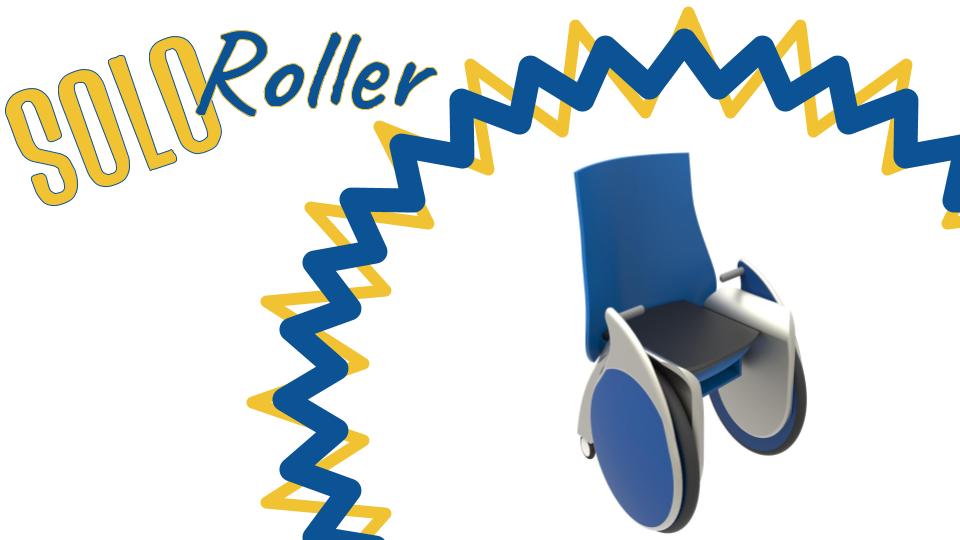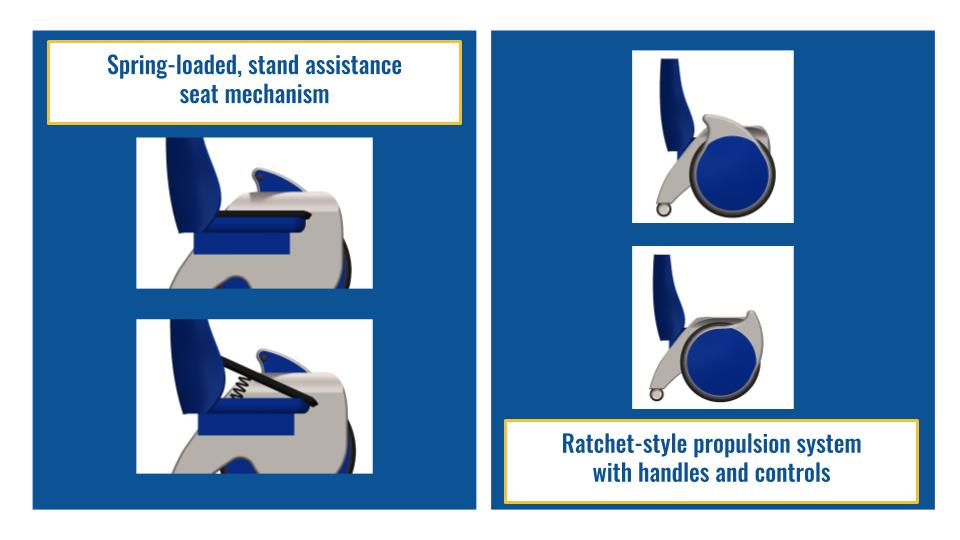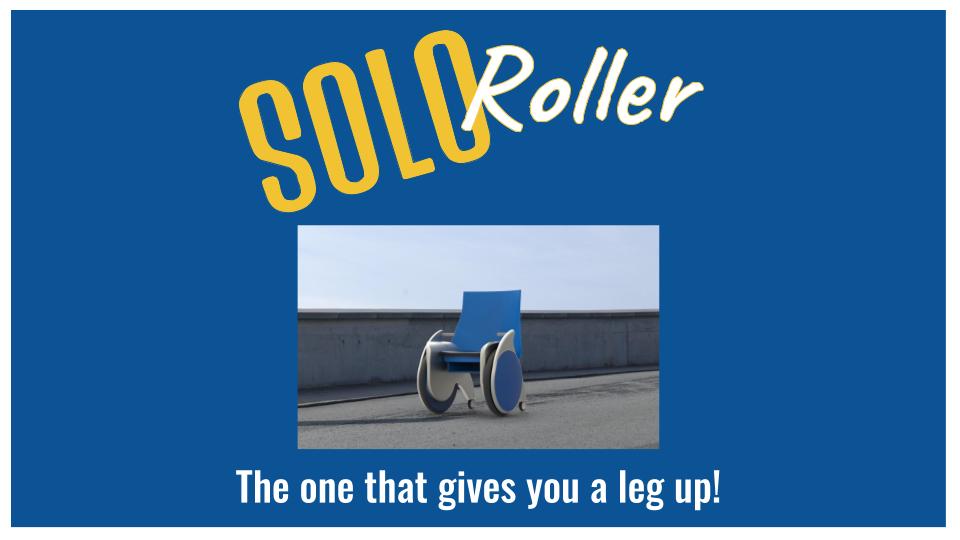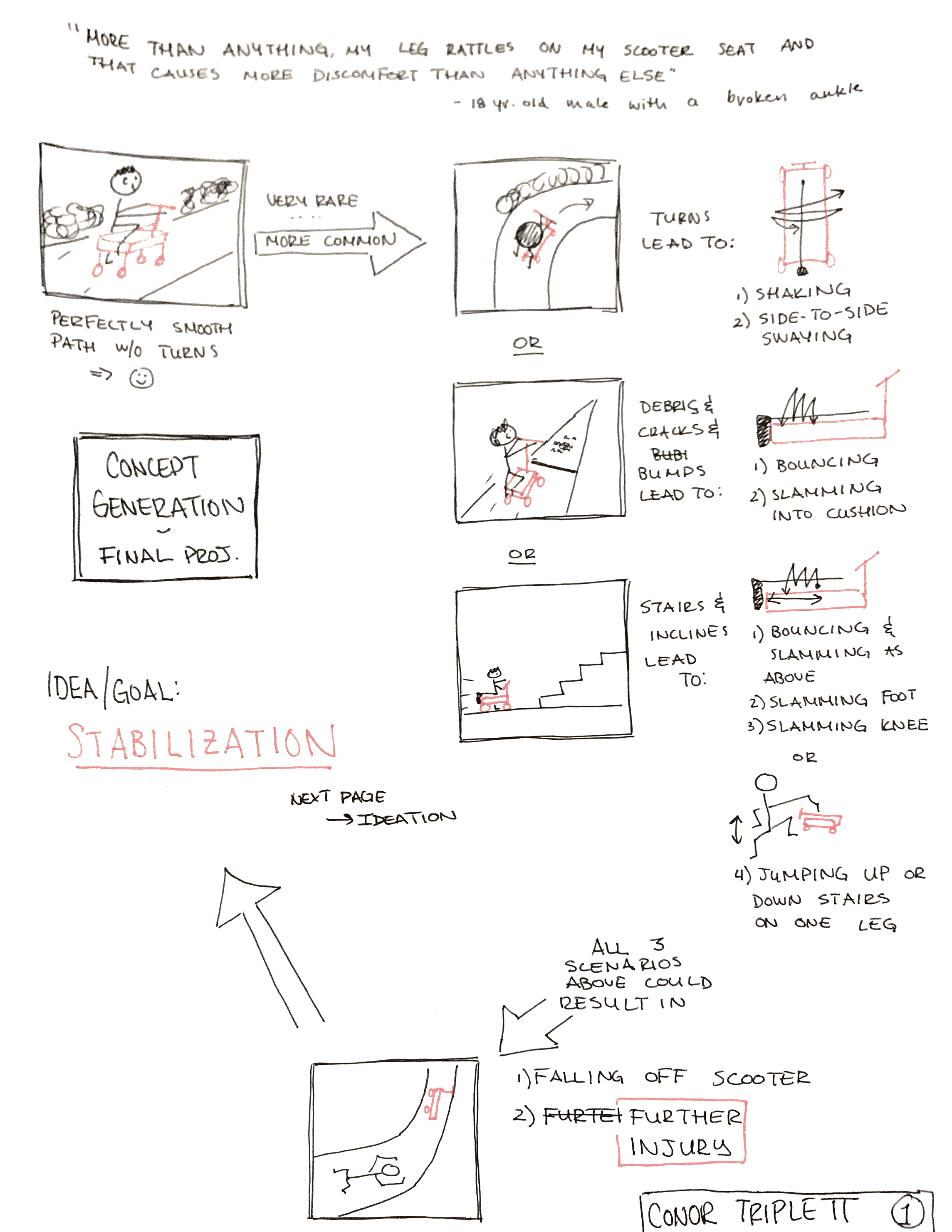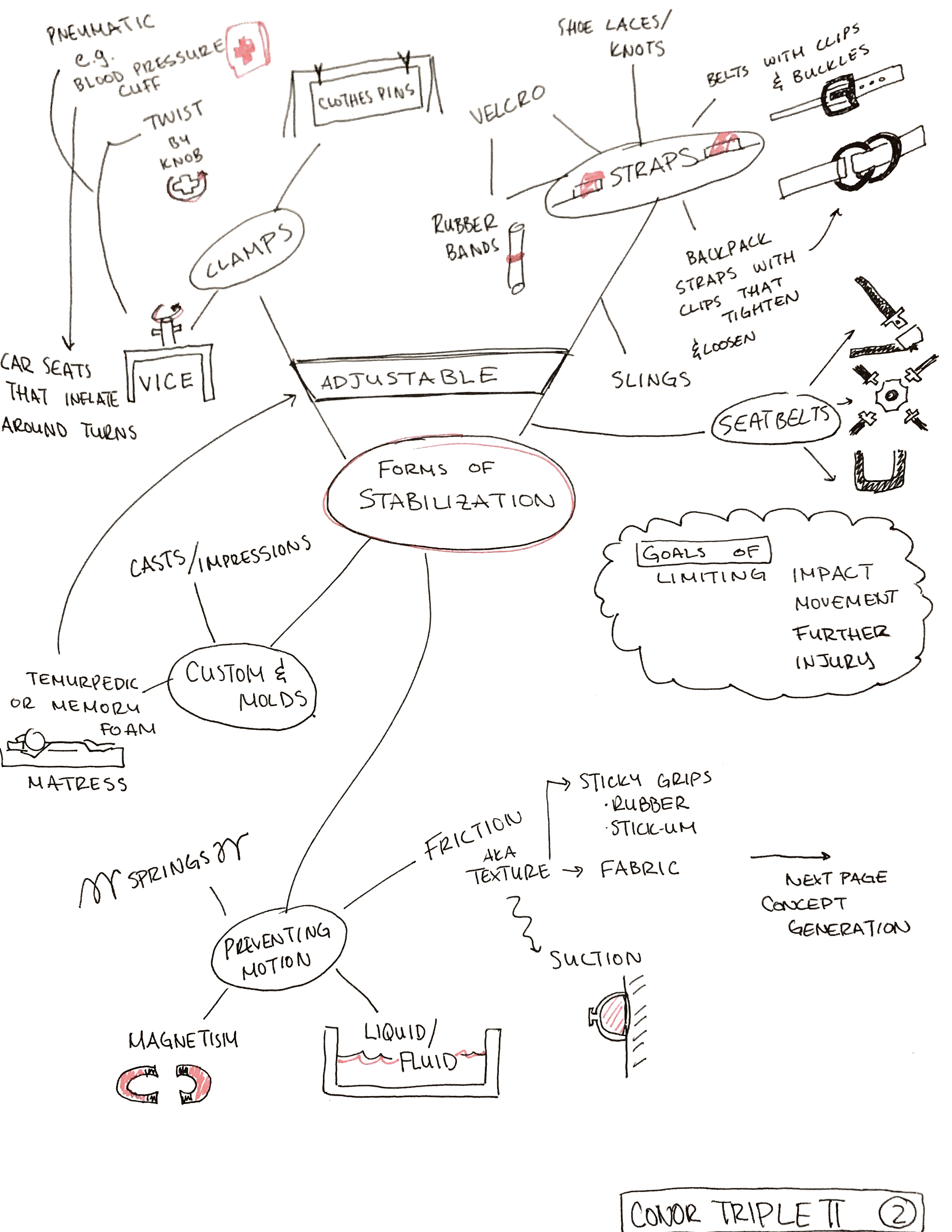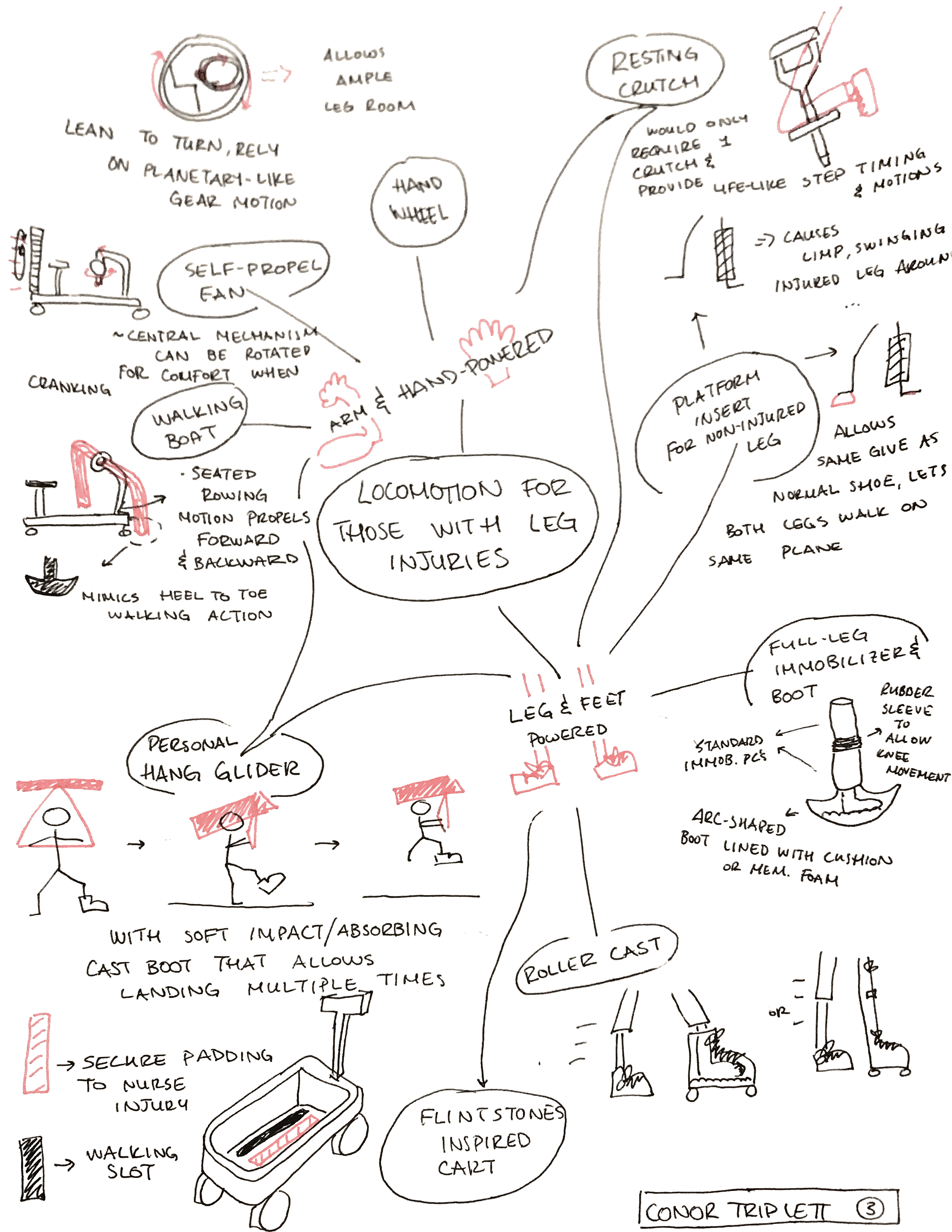Locomotion Project
The Solo-Roller
For the final project of our Design Methodology class, a few classmates and I were tasked with designing a product that would "aid in the locomotion of an 18-34 year old user through his or her hometown". This project was done in steps, submitting everything from initial concept maps and memo sketches to benchmarking and concept selection matrices. In initial phases of development, we all performed customer interviews and conducted focus groups in order to truly understand the needs of our prospective users. Following these discussions, we focused a lot of our feedback into the following major areas: speed, effort required, weather resistance, and cost. With these likely constraints in mind, our team began throwing ideas around that included mobile applications, scooter-bike hybrids and more.
Although many good ideas were on the table, we all struggled to get on the same page in terms of which path to go down; however, we began to notice some of our fellow classmates struggling to keep up with the rest of the student population because of injuries. Following another team discussion, we decided to focus our design intent on developing a product that could help our friends regain their mobility during and after injuries. More concept generation followed with that idea in mind and we narrowed our scope of possible ideas to the following: scooter-crutch hybrids, resistive band aids, and innovative wheelchairs. After benchmarking within the injury aid industry and performing rankings of our proposed concepts based on important constraints like speed and cost, we moved forward with a wheelchair concept with two brand new features. The Solo Roller seeks to allay two of the major user problems with wheelchairs: hand-wheel interaction and standing-up out of the seat. Using a gear system similar to that of a bike, the Solo Roller user simply presses the comfortable handles forward (more in a bench press motion) in order to move forward and can stop the movement using a button on the inside of the handle. Since a wheelchair user likely does not have the leg strength they once did, the getting out of the chair pain-point has been addressed by designing a spring-loaded seat, controlled by a clip below the seat, that gives the user an extra boost as needed.
Team: Kelsey Cummings, Tony Kestel, Dan McGlinn, Dante Monterosso, Conor Triplett
The slideshow depicts some personal concept generation practices that took place after our decision to focus in on injury-related transportation aids.

